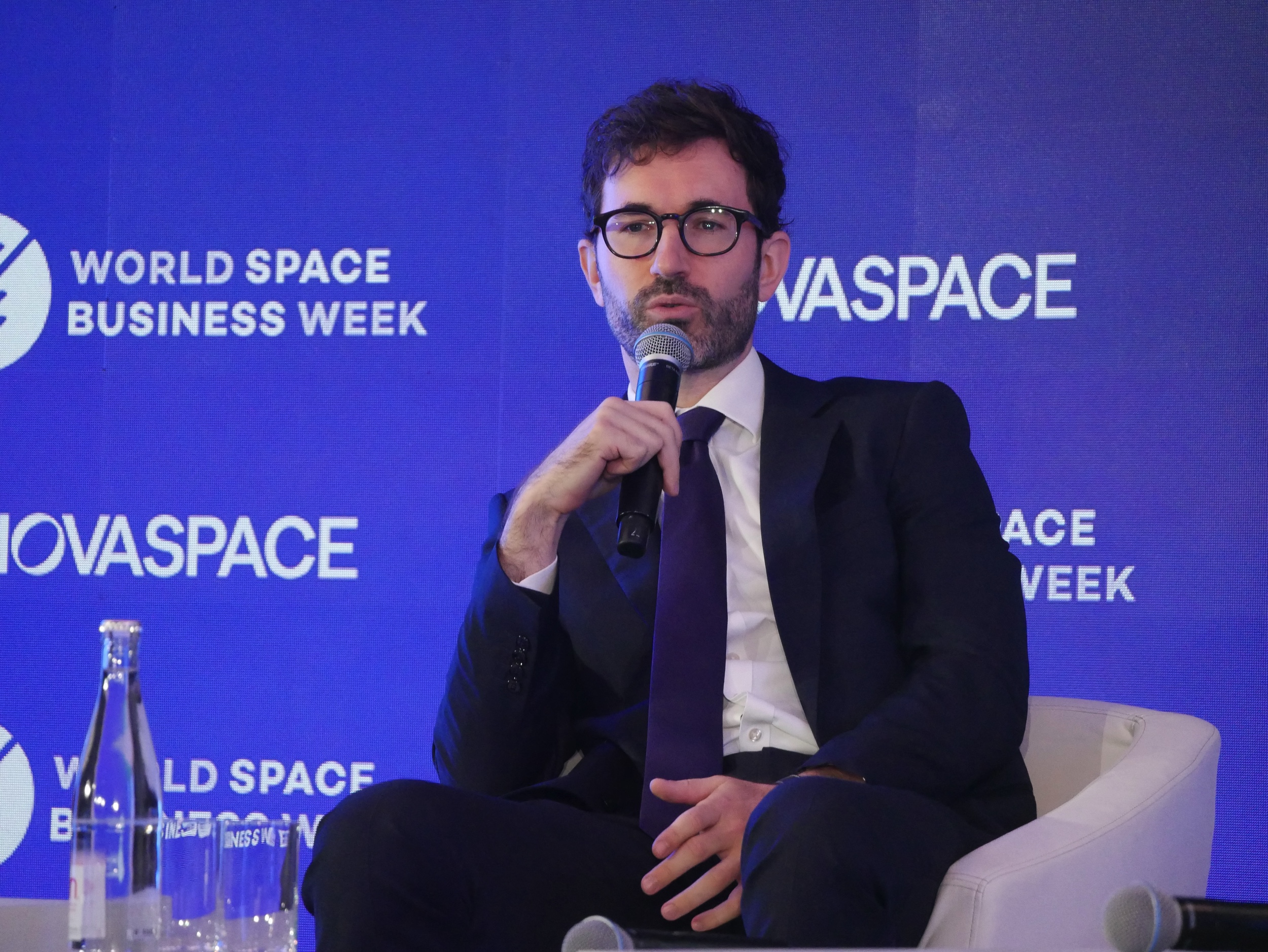
It rarely starts with a loud alarm. More often, it’s a subtle shift in the atmosphere. A deadline is missed. A team member snaps in a meeting. Someone who used to speak up goes quiet. These small signs are easy to overlook — but over time, they form a pattern: a team running on fumes, morale dipping, performance falling short of its usual standard.
As leaders, we’re quick to explain it away.
“It’s just a busy quarter.”
“We’re growing fast—some chaos is normal.”
“People need to toughen up.”
And somewhere in the middle of those justifications, we quietly pass the issue to HR. Maybe there’s a wellness webinar, a mental health day or a motivational talk. We treat the symptoms and move on, assuming the problem is under control.
But stress doesn’t stay hidden for long. It starts leaking into the way teams communicate, how they collaborate, how they deliver. And by the time leadership truly sees it, it’s already costing the business — not just in burnout, but in productivity, innovation and retention.
Related: Your Employees Are Struggling — and It’s Only Getting Worse. Here’s What You Can Do About It.
The real problem isn’t stress. It’s how we lead
Employee stress isn’t a wellness issue — it’s a leadership issue. More specifically, it’s a structural one. And in most cases, it’s a symptom of how decisions are made at the top, not a reflection of employee resilience at the bottom.
In high-growth environments, stress is often worn like a badge of honor. Founders chalk it up to the hustle. Teams accept it as the price of success. But sustained stress is not an inevitable byproduct of growth — it’s a direct result of how that growth is being managed. And if the systems behind the scenes aren’t designed to support the pace, stress will silently multiply until the organization begins to crack.
Rather than focusing on spotting burnout after the damage is done, leaders should be examining what’s causing it to emerge in the first place. In startups, for example, reduce stress by giving employees clearer roles and decision-making authority, not just more work. Use frameworks like RACI (Responsible, Accountable, Consulted, Informed) to ensure people know exactly where they stand and what’s expected of them.
Burnout doesn’t always announce itself
One of the most dangerous things about stress is how invisible it can be. On the surface, everything might seem fine. Deadlines are still being met. Targets are still being hit. People are smiling in meetings.
But beneath that facade, the damage is accumulating. Mental fatigue sets in. Creativity fades. Top performers begin to mentally check out. And eventually, they leave — often without ever saying what pushed them away.
We tend to assume that burnout comes from having too much on our plate. But in reality, people are far more often drained by a lack of clarity than by hard work. It’s not the effort itself that’s exhausting — it’s the constant reactivity, shifting goals, poor communication and lack of direction that sap motivation and drive.
Introduce simple, proactive tools like monthly team health checks or anonymous one-question surveys to identify what’s slowing people down. These can surface systemic issues early and help you fix them before they grow into cultural rot.
You can’t use mindfulness to fix a broken system
Wellness initiatives have their place — but they’re not a substitute for good leadership. Meditation won’t fix a system that overwhelms people with ambiguity. Gratitude journals won’t solve broken communication. Mental health days won’t correct a lack of autonomy or structure.
Leadership needs to go beyond surface-level solutions.
Simplify operations. Set clear and consistent priorities. Build systems designed for sustainability — not just speed.
People don’t burn out because they’re disengaged. They burn out because they’re deeply invested in a system that gives them no control, inconsistent guidance and no clear path forward. Emotional intelligence is more than a buzzword — it’s a strategic imperative. Listen to your people. Implement what you hear. Build belonging through action.
Related: Here’s How Business Leaders Can Cultivate Happiness in the Workplace
Managers aren’t meant to absorb the shock
Nowhere is this more evident than in the middle. Middle managers are often the most stressed people in the organization. They’re expected to hit ambitious targets, translate shifting executive priorities into actionable plans and hold emotional space for struggling teams—all without the support they need themselves.
Don’t just tell managers they’re leaders — treat them like it.
Give them real authority to make decisions, allocate resources, build teams and influence how work gets done. When managers feel empowered, they spread that stability to their teams. And when they don’t, the stress flows downward, eroding morale from the middle out.
Culture isn’t defined in calm — it’s revealed under pressure
Leadership, especially in startups, sets the emotional tone. When founders are scattered, reactive or emotionally detached, that becomes the emotional norm for the company. And when stress is constantly dismissed or minimized, teams learn to hide it — until it’s too late.
Culture isn’t built in branding exercises or value statements. It lives in the day-to-day experience of your team—especially in how the organization handles stress, conflict, and change. These moments matter more than any all-hands slogan or company offsite.
If it’s draining your team, it’s hurting your business
Long-term success doesn’t belong to the companies that work the hardest. It belongs to those who build systems where people can thrive — not just survive. Stress is not just a personal issue — it’s early feedback that your business systems are misaligned.
Create a feedback loop inside your organization by appointing “change agents” or internal advocates who surface emerging issues. Empower them to act—fast. That responsiveness builds trust and preserves energy where it matters most.
The future of leadership is conscious by design
The next wave of leadership isn’t about being the toughest or the most charismatic — it’s about being intentional. It’s about designing systems where people can do the best work of their lives without burning out in the process.
Great leaders don’t just react to stress—they design organizations that prevent it.
In the end, that’s not just good for people. It’s how resilient, high-performing and truly sustainable companies are built.



